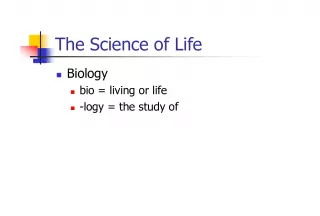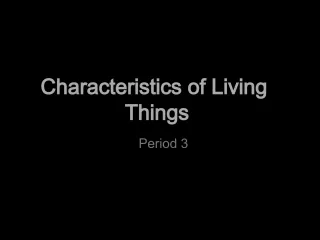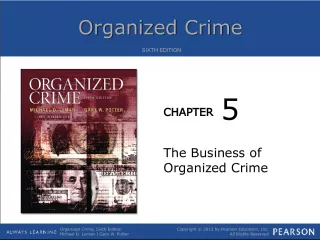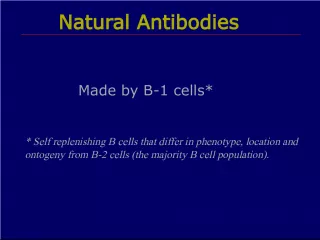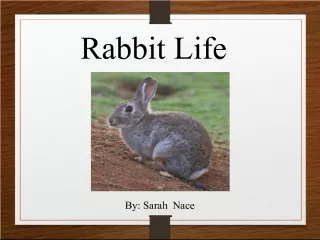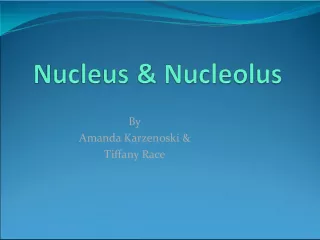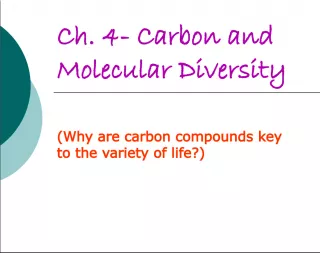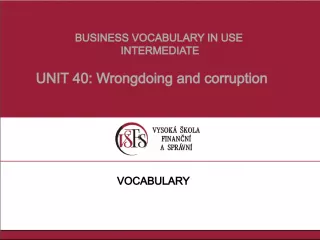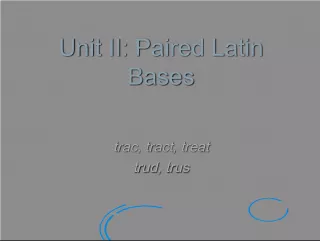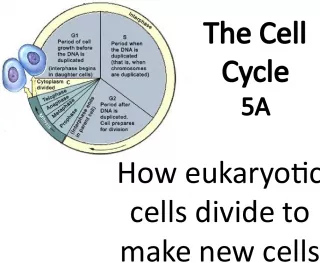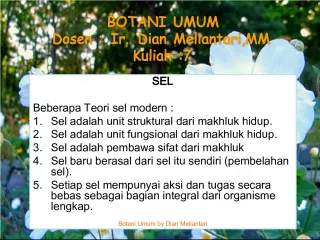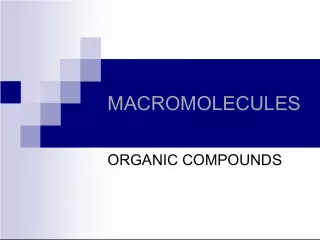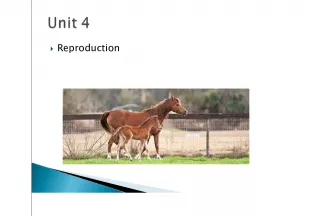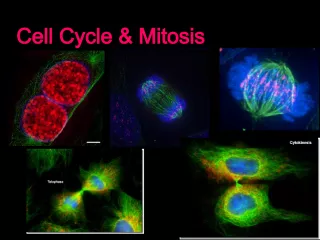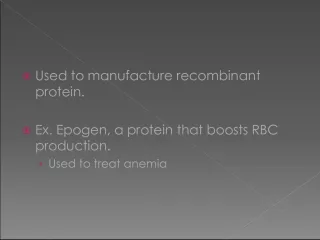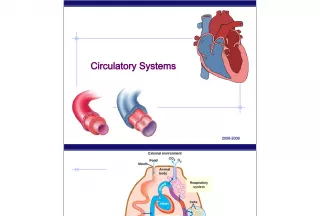Characteristics of Life: Organized and Cells Vocabulary


This text defines and explains important vocabulary related to the characteristics of life, specifically focusing on organization and cells. It covers the concept of organization, which is a high degree of order within
- Uploaded on | 0 Views
-
 brittanyelliott
brittanyelliott
About Characteristics of Life: Organized and Cells Vocabulary
PowerPoint presentation about 'Characteristics of Life: Organized and Cells Vocabulary'. This presentation describes the topic on This text defines and explains important vocabulary related to the characteristics of life, specifically focusing on organization and cells. It covers the concept of organization, which is a high degree of order within. The key topics included in this slideshow are . Download this presentation absolutely free.
Presentation Transcript
Slide1Characteristics of LifePeriod 6
Slide2Organized & Cells Vocab● Organization- A high degree of order within an organism’s internal and external parts and in its interactions with the living world ● Cell- Smallest unit that can perform all life’s processes ● Unicellular- Is a single cell or has one cell ● Multicellular- Has more than 1 cell ● Organs- Structures that carry out specialized jobs within an organ system ● Tissues- Groups of cells that have similar abilities that allow an organ to function ● Organelles- Tiny structures that carry functions necessary for a cell to stay alive ● Biological Molecules- The chemical compounds that provide physical structure and that bring about movement, energy use, and other cellular functions
Slide3Organized & Cells● All living organism has a order to them even if it may not look it ● Multicelled beings have organs and tissue to make specific functions happen ● Organ cells allow the cells to do their basic functions happen
Slide4Growth & DevelopmentGrowth and Development Notes: -all living things must grow and develop -Development is when a living thing is maturing -Cell Division is the formation of 2 new cells from the existing one -Example: -when cell division occurs for unicellular organisms, the only change following it is cell enlargement -when cell division occurs for multicellular life, they mature through cell division, cell enlargement, and development
Slide5Response to Stimuli● Physical or chemical change in the internal or external environment ● Organisms must respond and react to changes in the environment to stay alive
Slide6Change Through Time● Individual organisms experience many changes during their lifetime, but their basic genetic characteristics do not change ● Organisms evolve or change through time
Slide7Homeostasis● The maintenance of a stable level of internal conditions ● Organisms have regulatory systems that maintain internal conditions ● Example: ○ An owl’s temperature is 40 degrees celsius an owl’s cell burns fuel creating body heat at a regular temperature ○ When cold their feathers fluff up to insulate air to maintain body temperature
Slide8Reproduction-All organisms produce new organisms. Example: The glass frog produces and lays a large amount of eggs. Even though only a few of those eggs reach adulthood and then they successfully reproduce. -During reproduction, organisms transmit hereditary information to their offspring. - A short segment of DNA that contains the instructions for a single trait of an organism is called a Gene. Example : the gene is like a large library.
Slide9Metabolism● Metabolism is the sum of all the chemical reactions that take in and transform energy and materials from the environment. ● ex. a process called photosynthesis lets plants, algae, and bacteria to use the suns energy to make sugar molecules. ● Some organisms obtain their energy from other organisms by consuming them. ● ex. an owls metabolism lets the owl extract and modify the chemicals trapped from its prey then uses the energy to fuel activities and growth.
